Barking Dog Complaint Letter Template to Resolve Noise Issues
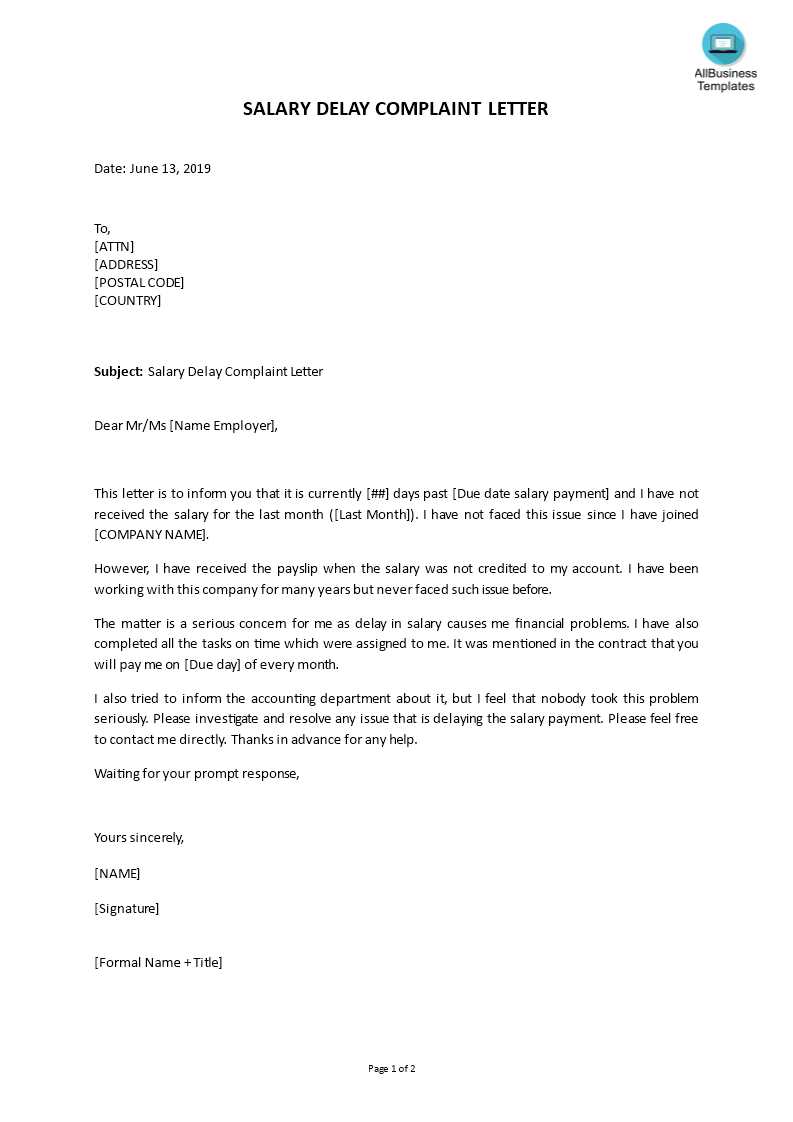
Dealing with persistent disruptions from nearby households can be a challenging experience. In many cases, unwanted sounds can affect your peace and well-being. When the noise becomes excessive, it may be necessary to address the issue in a formal manner, ensuring the situation is resolved amicably and respectfully.
To approach the matter effectively, it’s important to communicate your concerns clearly. Writing a formal communication is often the most constructive way to bring attention to the issue. In doing so, the recipient is more likely to understand the seriousness of the situation and take appropriate actions to resolve the disturbance.
This guide will provide an efficient way to express your concerns in writing. By following the suggested format, you can ensure your message is polite yet firm, helping to achieve a positive outcome for all parties involved.
Understanding Noise Issues from Neighboring Pets
When the sounds originating from a neighbor’s animal become too loud or frequent, they can significantly disrupt the daily lives of others. These disturbances can lead to frustration and unease, particularly when they occur during the night or early morning hours. Understanding how to address such situations can help mitigate the stress and restore tranquility for everyone involved.
There are various reasons why these disruptions may happen, and each case can be different. It’s important to consider the underlying causes before taking action. Common factors include:
- Improper care or attention to the pet’s needs
- Lack of sufficient outdoor exercise
- Environmental stressors affecting the animal
- Communication barriers between neighbors
Before addressing the issue directly with the pet owner, it’s essential to first evaluate whether the disturbances are temporary or ongoing. Establishing the pattern of noise will help in crafting an appropriate response. Furthermore, approaching the situation diplomatically is crucial to maintaining a good relationship with the neighbor while resolving the issue effectively.
How to Address Noise Disturbances Effectively
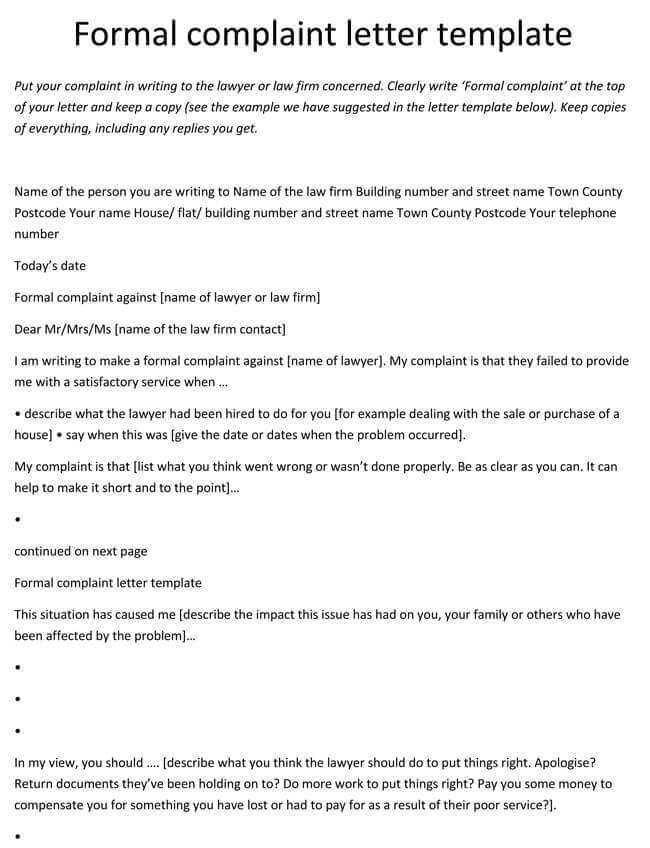
When noise from a neighboring household becomes unbearable, addressing the issue in a thoughtful and productive manner is crucial. A well-planned approach can help resolve the situation without causing unnecessary tension or conflict. The key to effectively addressing these disturbances lies in clear communication, patience, and understanding.
Step 1: Assess the Situation
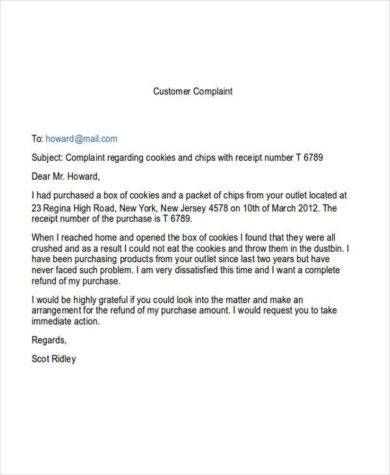
Before taking any steps, it’s important to assess whether the disturbance is a recurring issue or a one-time occurrence. This helps in determining the appropriate course of action. Additionally, consider the timing and nature of the noise–whether it’s particularly disruptive at specific hours or constant throughout the day.
Step 2: Communicate Calmly and Politely
The next step involves reaching out to the neighbor in a courteous and non-confrontational way. Express your concerns calmly, providing specific examples of when the noise occurs and how it affects you. Offering possible solutions can help demonstrate your willingness to work together toward a resolution.
| Time of Noise | Impact | Possible Solutions |
|---|---|---|
| Early Morning | Disruption of sleep | Consider adjusting the pet’s routine or adding more indoor activities |
| Nighttime | Disturbance of rest | Bringing the pet indoors during night hours or providing quiet toys |
| Daytime | Difficulty concentrating or relaxing | Enrichment activities or professional training |
Being respectful and offering solutions increases the likelihood of a positive outcome. It also shows your neighbor that you’re willing to cooperate for the benefit of both parties.
Key Elements of a Formal Communication
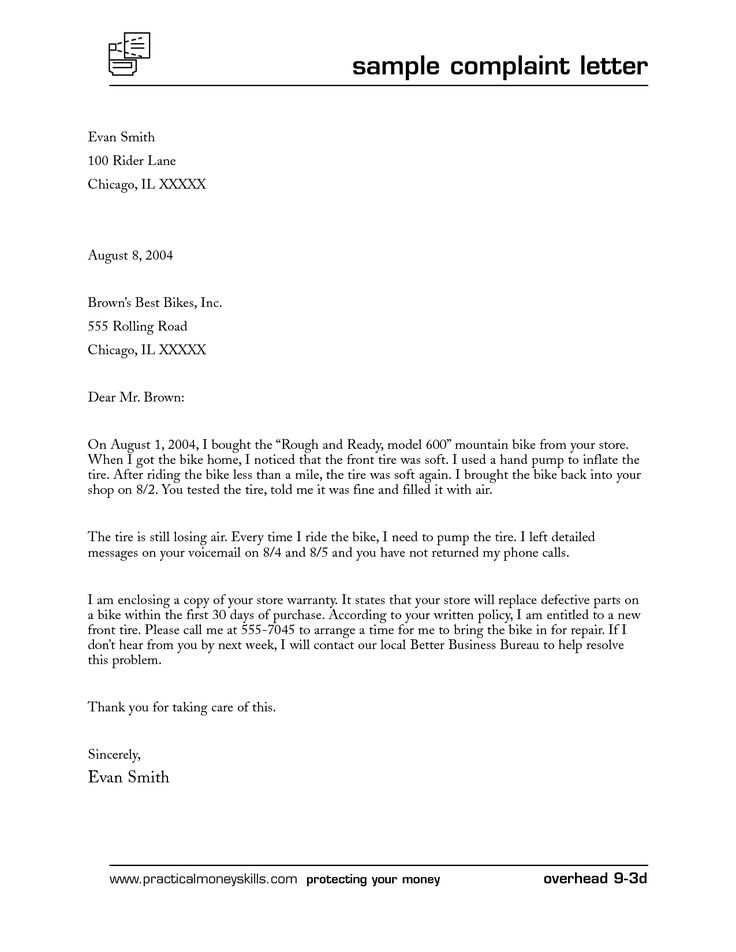
When addressing a disturbance that affects your well-being, crafting a formal communication is essential for conveying your concerns in a clear and effective manner. A well-structured message helps the recipient understand the issue and its impact, making it more likely to be resolved swiftly. The following elements are crucial in creating a professional and respectful communication.
1. Clear Subject Line
The subject line should immediately indicate the purpose of the communication. A concise and straightforward subject sets the tone for the message and ensures that the recipient understands its importance.
2. Introduction and Purpose
Begin by briefly introducing yourself and stating the reason for your communication. This establishes context and helps the recipient understand the purpose of the message. Clearly mention the specific issue at hand without being overly detailed in the opening paragraph.
3. Description of the Issue
Provide a detailed yet concise description of the disturbance, including the frequency, duration, and times when the issue occurs. Avoid exaggerating or emotional language; stick to the facts and be as objective as possible.
4. Impact on You
Explain how the situation has affected your daily life. Whether it has disrupted your sleep, concentration, or general peace of mind, detailing the impact helps the recipient understand the gravity of the issue.
5. Proposed Solution
Offer potential solutions or requests that could help resolve the situation. Be reasonable in your suggestions, and avoid demanding immediate changes. Suggesting ways to reduce the disturbance or improve the situation shows you are open to collaboration.
6. Conclusion and Call to Action
End the communication with a polite request for action. Express your hope that the situation will be resolved promptly and thank the recipient for their attention to the matter. Providing contact details or inviting a follow-up discussion can also encourage prompt resolution.
Tips for Writing a Polite Communication
When addressing a sensitive matter with a neighbor, maintaining a tone of respect and consideration is essential. A polite and diplomatic approach fosters understanding and encourages cooperation, making it more likely that the issue will be resolved amicably. Here are some helpful tips for crafting a courteous message.
1. Be Clear and Direct
While it’s important to remain polite, don’t shy away from being clear about the issue. Provide relevant details without unnecessary embellishments, ensuring that your message is easy to understand. Clarity helps the recipient grasp the nature of the situation quickly.
2. Use a Respectful Tone
Even when expressing dissatisfaction, always use a respectful and non-confrontational tone. Avoid harsh language, accusations, or sarcasm. Being kind in your wording promotes a more positive exchange and encourages a cooperative response.
3. Focus on the Impact, Not the Blame
Instead of pointing fingers or making the other person feel blamed, focus on how the situation affects you. Describe the consequences of the issue without making the recipient feel guilty or defensive. This approach helps prevent unnecessary tension and promotes a more constructive conversation.
4. Offer Solutions
Propose reasonable solutions or suggestions for how the situation could be improved. This shows that you’re willing to work together to resolve the issue, rather than simply highlighting the problem. Offering solutions can lead to a more collaborative outcome.
5. Close on a Positive Note
End your message with a polite closing that expresses your hope for a resolution. Thank the recipient for their attention to the matter and convey your appreciation for their understanding. A courteous conclusion leaves a lasting positive impression and encourages the recipient to take your request seriously.
How to Keep Your Tone Professional
Maintaining a professional tone is essential when addressing sensitive issues. A well-crafted, respectful approach helps convey your message effectively without causing unnecessary tension. It ensures that the recipient takes your concerns seriously while maintaining a positive relationship.
1. Stay Calm and Objective
When writing about a disturbance, it’s crucial to keep your emotions in check. Focus on the facts and describe the situation in an objective manner. Avoid using inflammatory or emotional language, as it can make the recipient feel defensive and less inclined to cooperate.
2. Use Formal Language
Choose formal language over casual or overly familiar terms. Words like “please,” “thank you,” and “I would appreciate” show respect and politeness. A professional tone is also reflected in the structure and grammar of your message, so make sure your writing is clear and free of errors.
3. Avoid Personal Attacks
It’s important not to place blame or make personal attacks. Instead, focus on the specific issue and how it impacts you. Accusatory language can escalate tensions, making it harder to reach a resolution. Keep the conversation centered on the problem, not the person responsible.
4. Be Concise but Thorough
While being respectful, it’s equally important to be clear and thorough in explaining the situation. Avoid excessive detail, but include enough information so the recipient fully understands your concern. A well-organized message will help your points come across more effectively.
5. Remain Polite Throughout
End your message with gratitude and a polite request for resolution. Thank the recipient for their time and consideration, and express your hope for a positive outcome. This helps maintain goodwill and shows that you are open to a respectful discussion.
Common Mistakes to Avoid in Communications
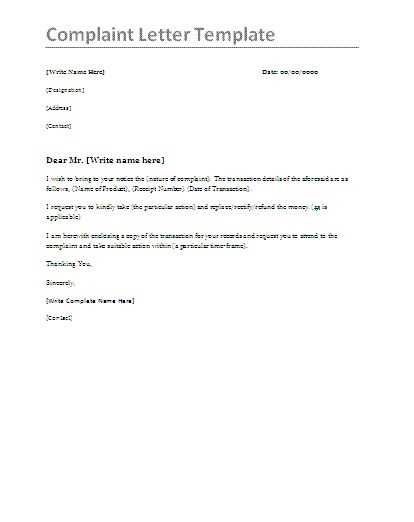
When addressing a sensitive matter through written communication, it’s easy to make mistakes that can weaken your message or damage the relationship with the recipient. Recognizing common pitfalls and avoiding them ensures that your concerns are expressed effectively, and the chances of a successful resolution increase.
1. Using an Aggressive or Confrontational Tone
One of the most significant errors is using an overly harsh or combative tone. While the issue at hand may be frustrating, an aggressive approach often leads to defensiveness rather than cooperation. Instead, aim to be calm and professional, focusing on the issue, not the person.
2. Being Vague or Unclear
Being too vague can confuse the recipient and make it harder for them to understand the issue. It’s important to provide clear details about the situation, such as the frequency and timing of the disturbance, without overloading the communication with unnecessary information.
3. Failing to Offer Solutions
Merely describing the problem without suggesting possible solutions can make your message seem incomplete or one-sided. Proposing practical solutions or ways to resolve the issue demonstrates your willingness to collaborate and find a constructive way forward.
4. Ignoring Proper Structure and Grammar
Using poor grammar or disorganized structure can undermine the professionalism of your message. Ensure that your writing is clear, well-structured, and free from spelling or grammatical errors. This shows that you are serious and thoughtful about addressing the issue.
5. Making Assumptions
Avoid making assumptions about the recipient’s intentions or motivations. Instead of assuming malice or negligence, approach the situation with an open mind, allowing space for discussion. This keeps the tone neutral and makes it easier to find common ground.